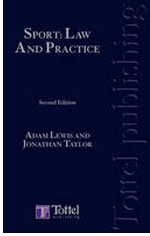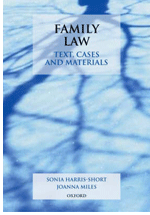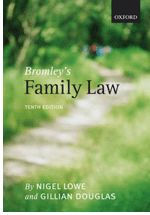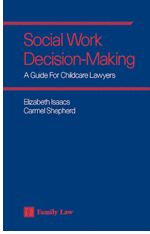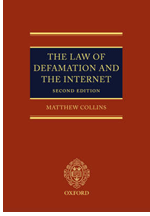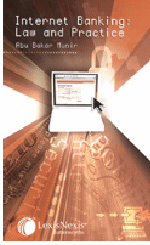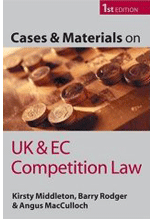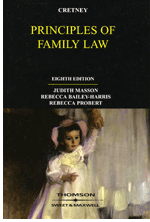
Publisher: Sweet & Maxwell
Edition: 8th Edition (August 2008)
ISBN: 978-0-421-96010-7
Price: £35.00
It has been some thirty-five years since the first edition of Cretney’s Principles of Family Law (then called Principles of Family Law) was published. During that time, it has widely become recognised as one of the leading, if not the leading, text on family law. This new edition, coming five years after the last edition, sees Stephen Cretney step-aside from authorship but his name being added to the title. This does not, however, mean that the quality of the text has diminished in any way.
Written by leading academic family law lawyers, Cretney’s Principles of Family Law has been thoroughly updated to include the latest legislative developments including the Civil Partnership Act 2004, the Children Act 2004 and the Forced Marriage (Civil Protection) Act 2007. The authors have also included the significant development in case law since the last edition. These additions have been impressively and seamlessly incorporated into the existing text ensuring it remains both authoritative and accessible.
Cretney’s Principles of Family Law is well laid out, which allows material to be located quickly, and includes case summaries of the leading cases meaning the reader can quickly grasp the issues. The footnotes are also incredibly detailed meaning they are an excellent starting point for further and independent research. Like previous editions, it also discusses orders that the court may make (meaning is invaluable for both students and practitioners) and discusses future developments of the law so the reader can critically consider it.
For anyone interested in, studying or practising in this area of law, Cretney’s Principles of Family Law is an indispensible guide to the law. Its accessibility and authoritative coverage of the issues mean it can be used by both experienced and inexperienced lawyers: this is often unusual! Its price is also competitive meaning anyone seriously interested in this area of law should not be without a copy.
Reviewed on 8 March 2009

